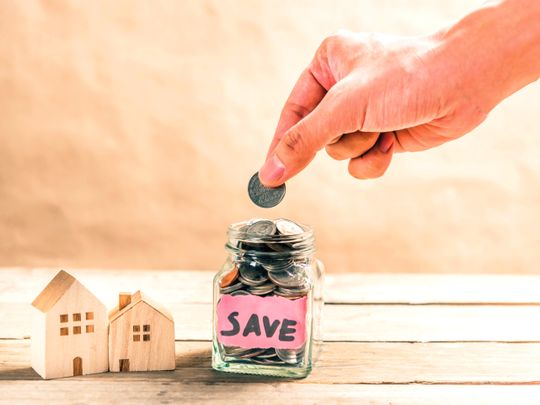
Even if you are a tenant, you can still afford to own a home in Dubai if you plan your finances well. So how do you pay for rent and manage to pay for the monthly instalment of a home purchase?
Khetra Reddy, senior wealth architect at Elixir Wealth Solutions, says, “Owning a property in Dubai is always fascinating. And if anyone can manage to pay the EMI and rent together without any hardship, then one must look at owning a property here. However, the property owners must consider the EMI to be not more than 30 per cent of the disposable income.”
Paying the EMI for a home mortgage and at the same time your current rent can get complicated. So, the best way to start is to evaluate your debts and expenses and figure out what you can reasonably manage and afford.
Know your debts
Reddy says, “Enthusiast property buyers may have various forms of debts like credit cards, personal finance, car finance, home finance. Residents having any of these debts have to plan wisely when buying property.”
For investors, he recommends paying other debts or keeping adequate provision for these payments before purchasing a property that the buyer can lease out.
“If you have a family income of Dh30,000 per month, then you may consider purchasing a home after carefully planning your other household expenses,” says Reddy. “The current house rent is an important aspect of the monthly expense.”
Reddy says a home budget should also cover expenses for food, utilities, school, rent, travel cost and provision for other debts. “These expenses on average would be around Dh8,000-Dh10,000, depending on the lifestyle,” says Reddy.
Prepare for a down payment
When buying property in Dubai via bank finance, you will have to pay a 25 per cent down payment. There are also fees such as the DLD charges, property registration fee and agent’s commission.
“The down payment is effectively 30-35 per cent of the property value depending on the type of property and mortgage options,” says Reddy. “A property valued Dh1 million would attract a down payment of around Dh310,000. This should be accumulated with proper planning over a few years, so that other expenses don’t come in the way. If you consider buying a Dh1-million property in three years, then around Dh8,500 needs to be saved monthly for a down payment.”
Taking another loan for a down payment is not advisable, he adds. So, plan for a property purchase at least two or three years in advance.
Determine your rental return
Properties in Dubai offer a higher ROI compared to other matured markets in the world. Reddy says investors can get a minimum rental yield of 6 per cent. However, he cautions investors to plan and be aware of their financial obligations in the UAE and their home country.
“For example, a one-bedroom apartment in JLT might cost up to Dh750,000 and EMI for a 10-year payment plan might come up to Dh5,000 per month. In addition to the EMI, the buyer has to pay the down payment of approximately 31 per cent.”
When buying to lease a property, the buyer must consider current market rent vs the EMI. “In case the EMI turns out to be higher than or similar to the rent considering the debts, then the property owner would end up firefighting,” says Reddy. “That is, if your EMI is Dh6,000 monthly, you will require a rental income that’s more than Dh6,000 to be able to pay for EMI plus the service charges and make rental gains.”
Hence, Reddy recommends a comprehensive study of one’s personal finance, rent trend and the property market to not only align debt payments, but also make a profit. On the other hand, if buying property for self-occupancy, Reddy suggests the buyer compare the EMI vs current rent. “If EMI is higher than the current lease, then, there will be a need to compromise on their lifestyle,” says Reddy.
A property investor must consider factors that affect rental yields, such as maintenance and service charges, says Reddy. Other factors that affect rental yield are interrupted occupancy, economic conditions, property demand-and-supply in the area and any value-added amenities like a community centre, swimming pool, gym or shopping centre.
The investor must also consider the property’s age, maintenance needs and future expenditures, which can reduce the net rental yield.












